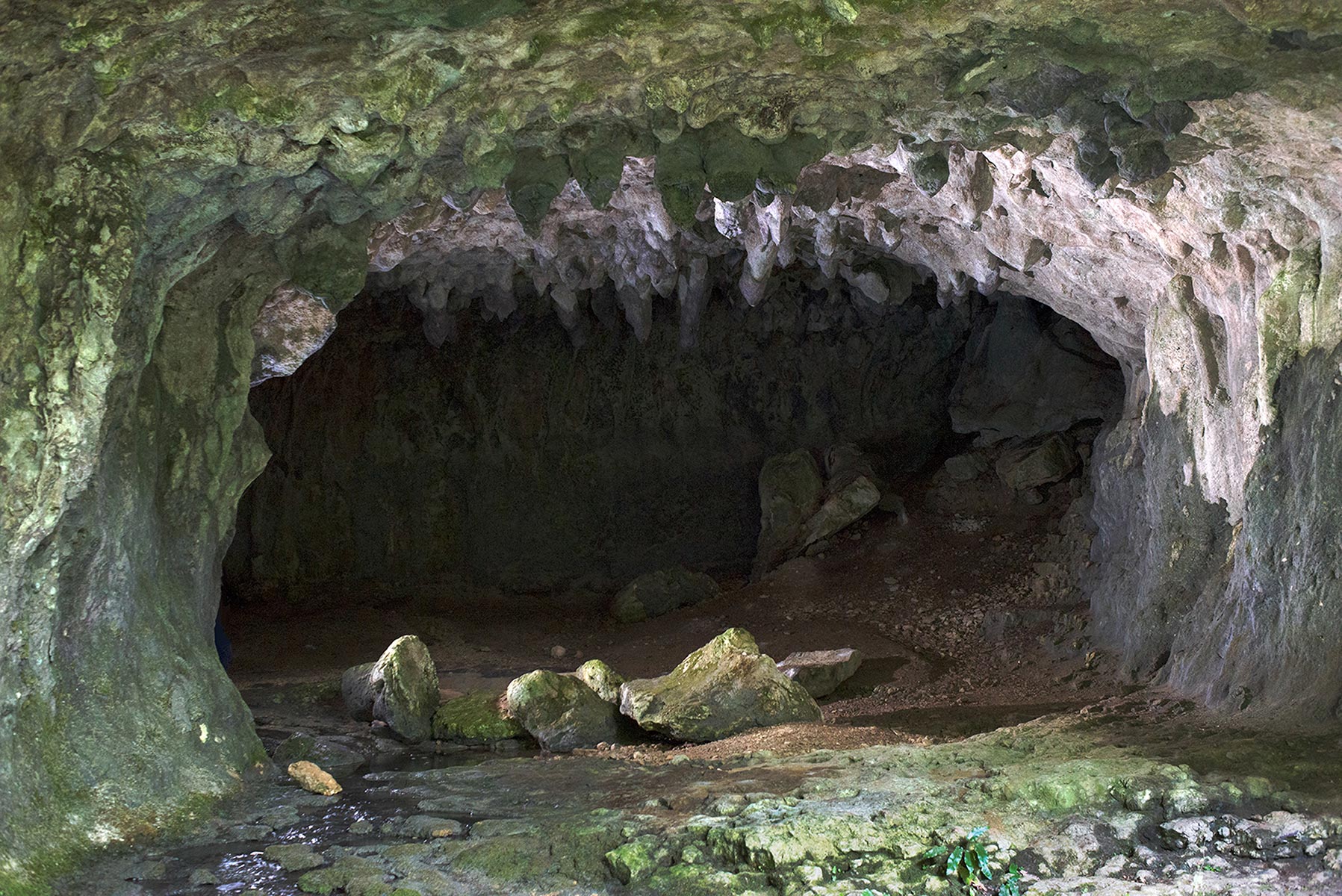
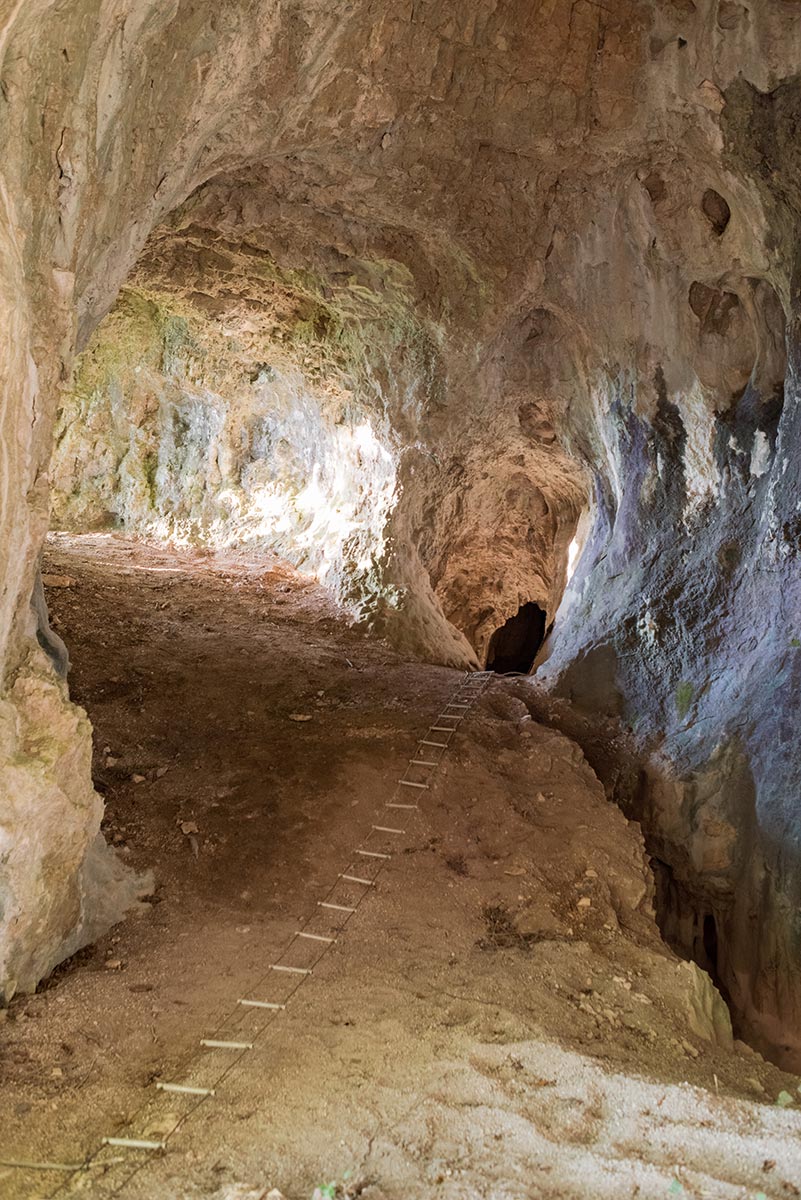
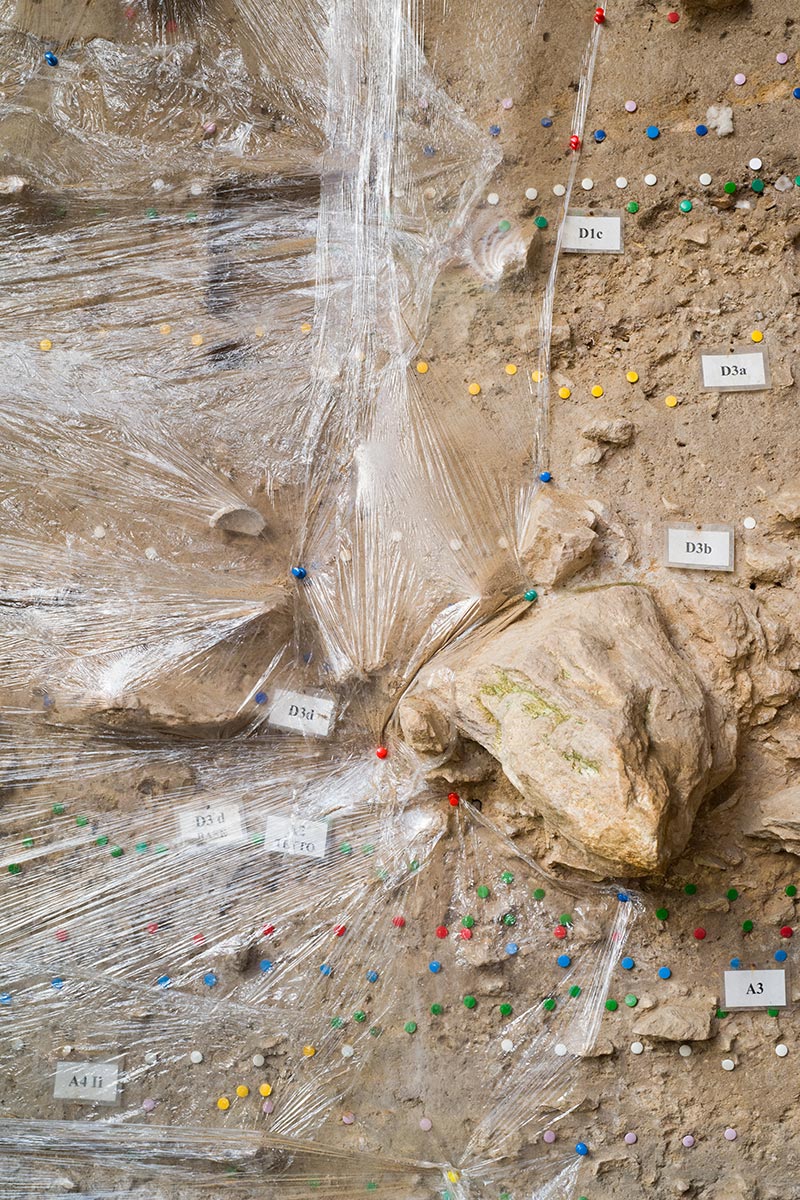
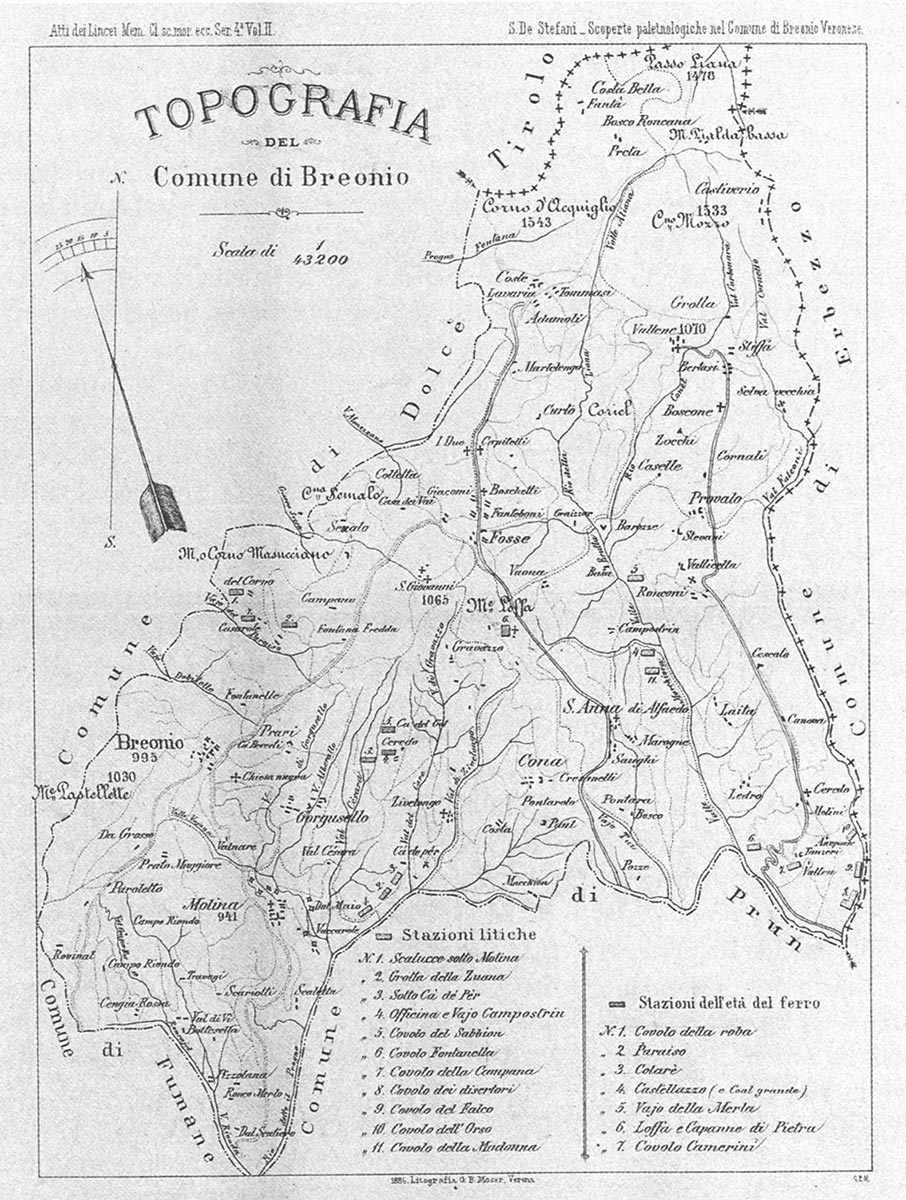
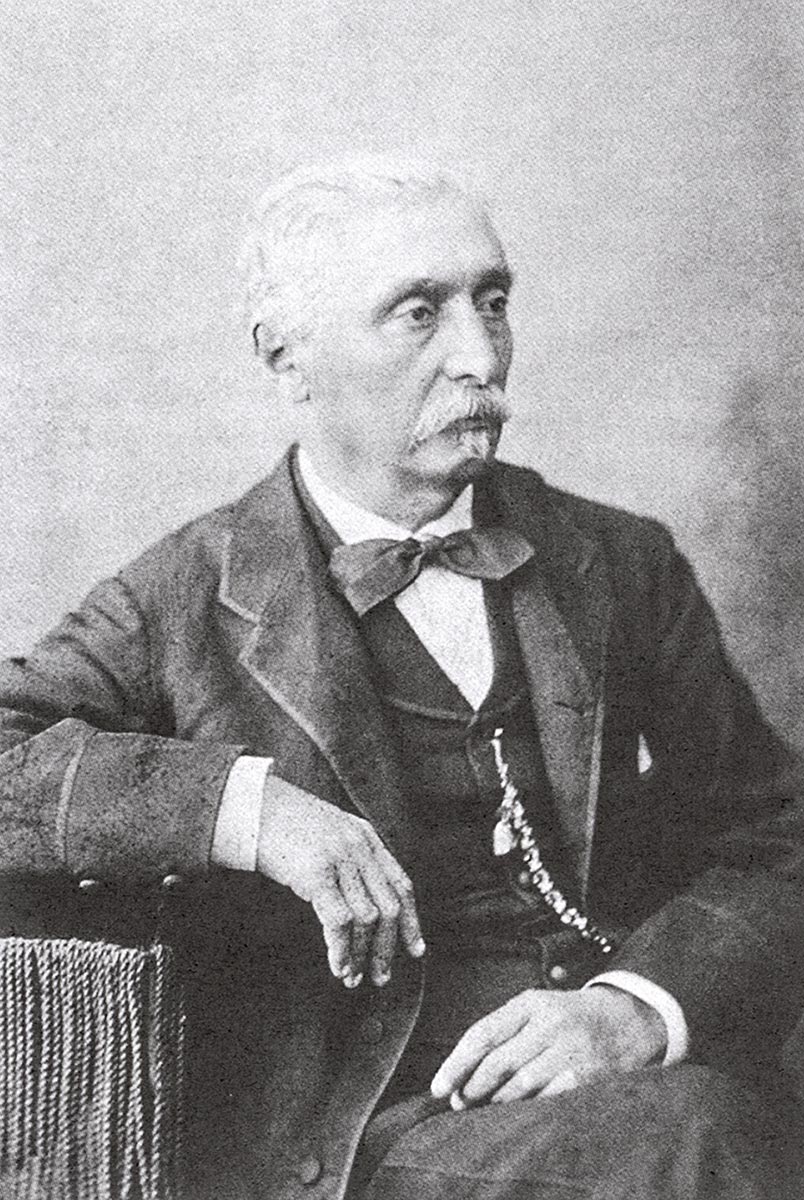
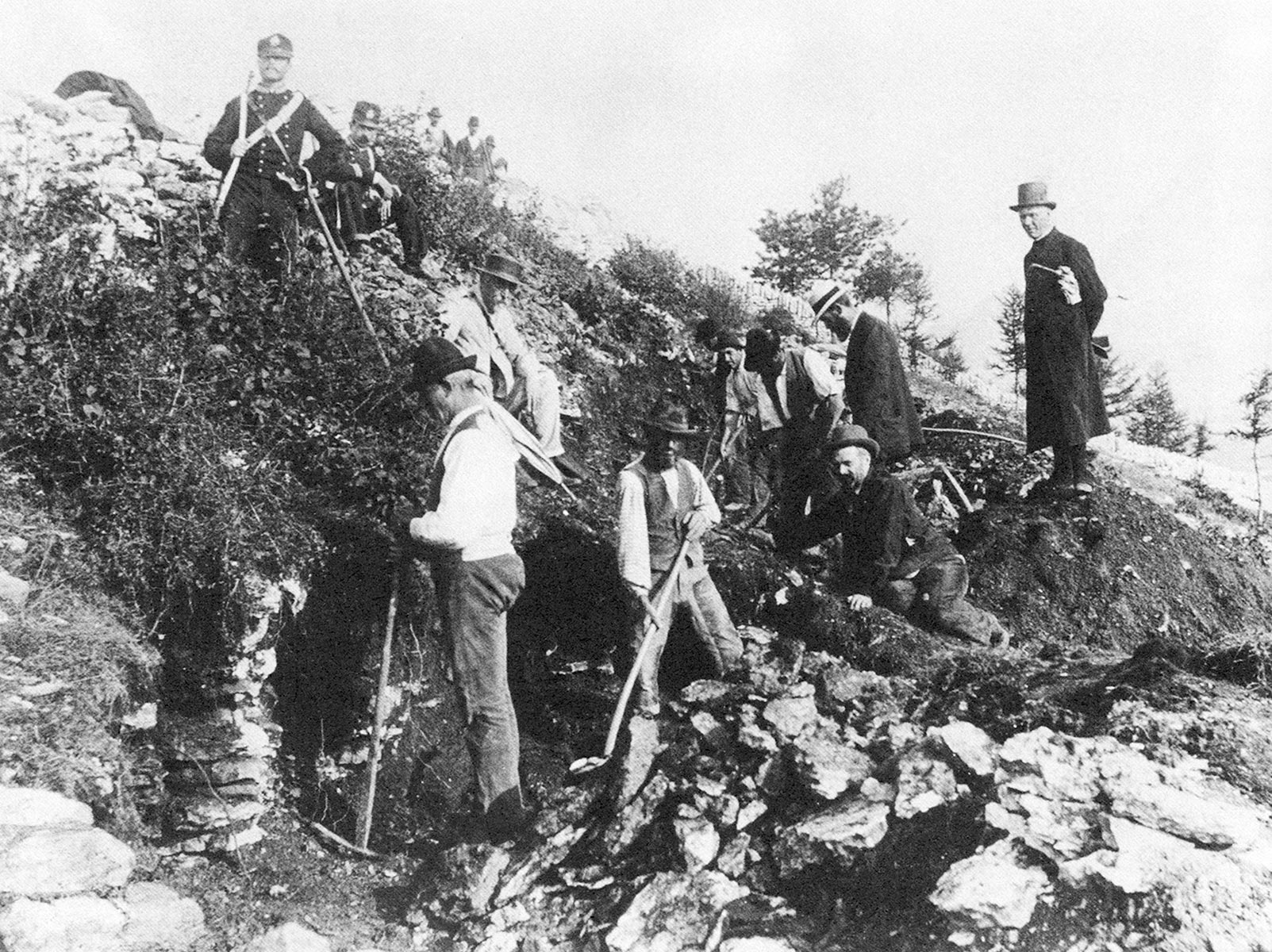
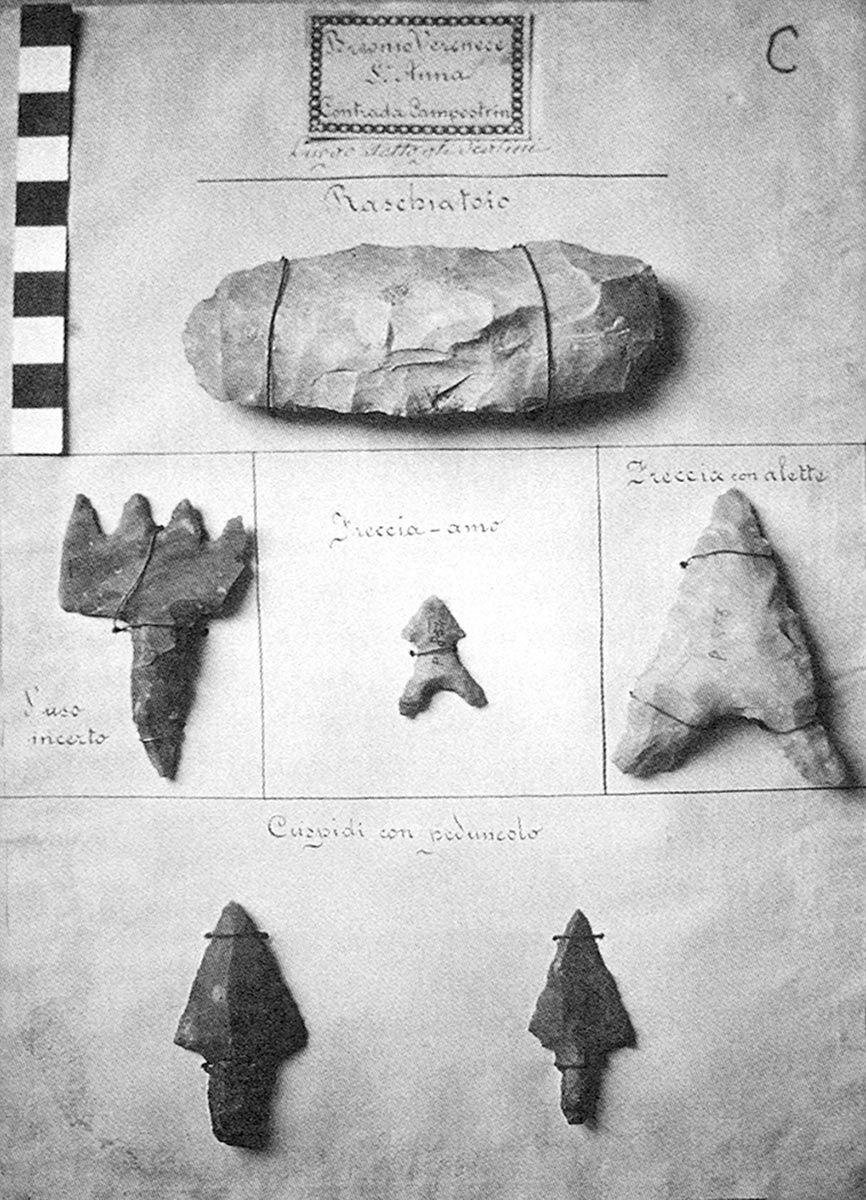
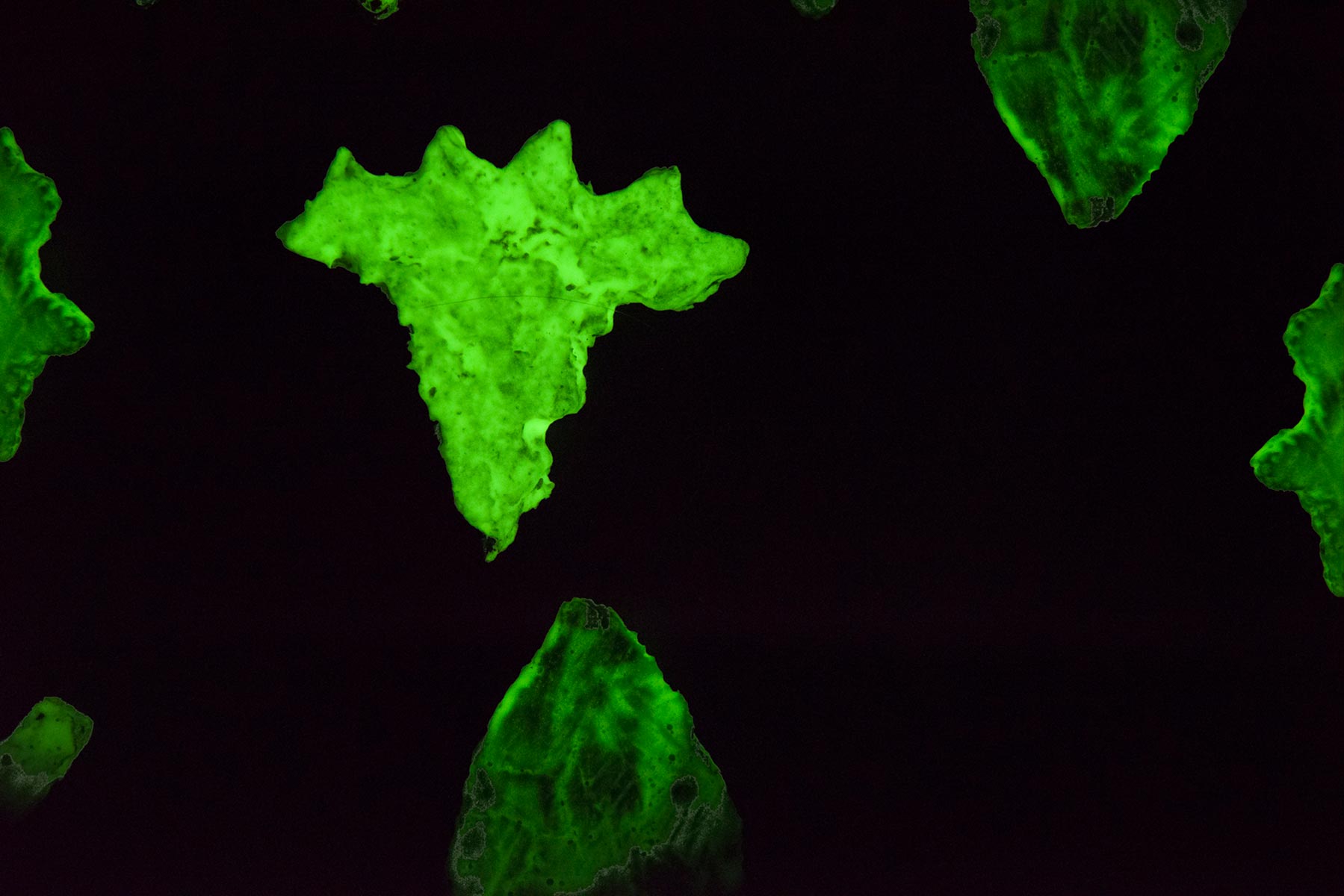
OUT OF PLACE
CHIARA BANDINO
In nature, flint (Pièra folénda) is found on the inside of carbonate rocks and it is completely immune to weather conditions. This characteristic, together with its hardness and abundance, made it the main material for the first industries that worked with rocks and thus used for the production of manufactured products. The special ability acquired by the “folendari” (artisans who work with flint in order to produce the flintlock mechanisms between Sant’Anna D’Alfaedo and Molina, in the western mountains of Lessinia) led some of them to create strange shapes. For economic purposes, these manipulated rocks were placed between the digging findings. A tendency that culminated in a very impressive event in Europe in the second half of the 19th century called the “event of the weird flint from Breonio”.
Its protagonist was a researcher from Verona called Stefano De Stefani, a pioneer in the prehistoric research of the late 19th century, who carried out researches and mining campaigns, especially in the western part of Lessinia (between Breonio, Molina and Satn’Anna d’Afaedo) relying on the local diggers to resume prehistoric evidence. After the first findings, these artisans, pushed by the substantial rewards De Stefani was giving them, started to manipulate the flints in order to give them extravagant shapes so to make them unique and rare. They would also create false finishes so to age them and make them look as if they belonged to another era. During the winter, they placed them in the caves in order to make De Stefano find them while digging during the summer.
At the end of the 19th century, this event turned into a famous “querelle” involving French experts that started questioning the authenticity of these flints, which they referred to as “weird flints”. This fraud was carried on for almost thirty years at the expenses of museums, private collectors and also tourists and made Verona, and especially Lessinia, the centre of prehistoric research. The lively debate between Italian researchers (G. Chierici, L. Pigorini, P. Castelfranco) and G. de Mortillet came to an end only after fifty years, when R. Battaglia (1930 – 1931) finally documented and declared the non-authenticity of the “weird flints”.
As De Stefani himself wrote before being fooled –
“Since I was young, bizarre and curious monsters were created with fragments of Bolca fossils to make researchers lose their path and attract fanatics which paid large sums of money in relation to
the rocks’ weirdness. I am amazed by how fake flint objects still hadn’t fallen in my hands. ”
Intrigued by this event and especially by the faking methods that had been used, I experimented the production of these flints highlighting the falseness with modern materials and techniques.
I created objects and images that would lead the viewer to follow a visual path between the prehistorical research spots in Lessinia and objects that seem to be out of place and belong to an unidentified era, just like the “weird flints” that carried with them not only their actual era of belonging but also the one faked by the falsifiers.
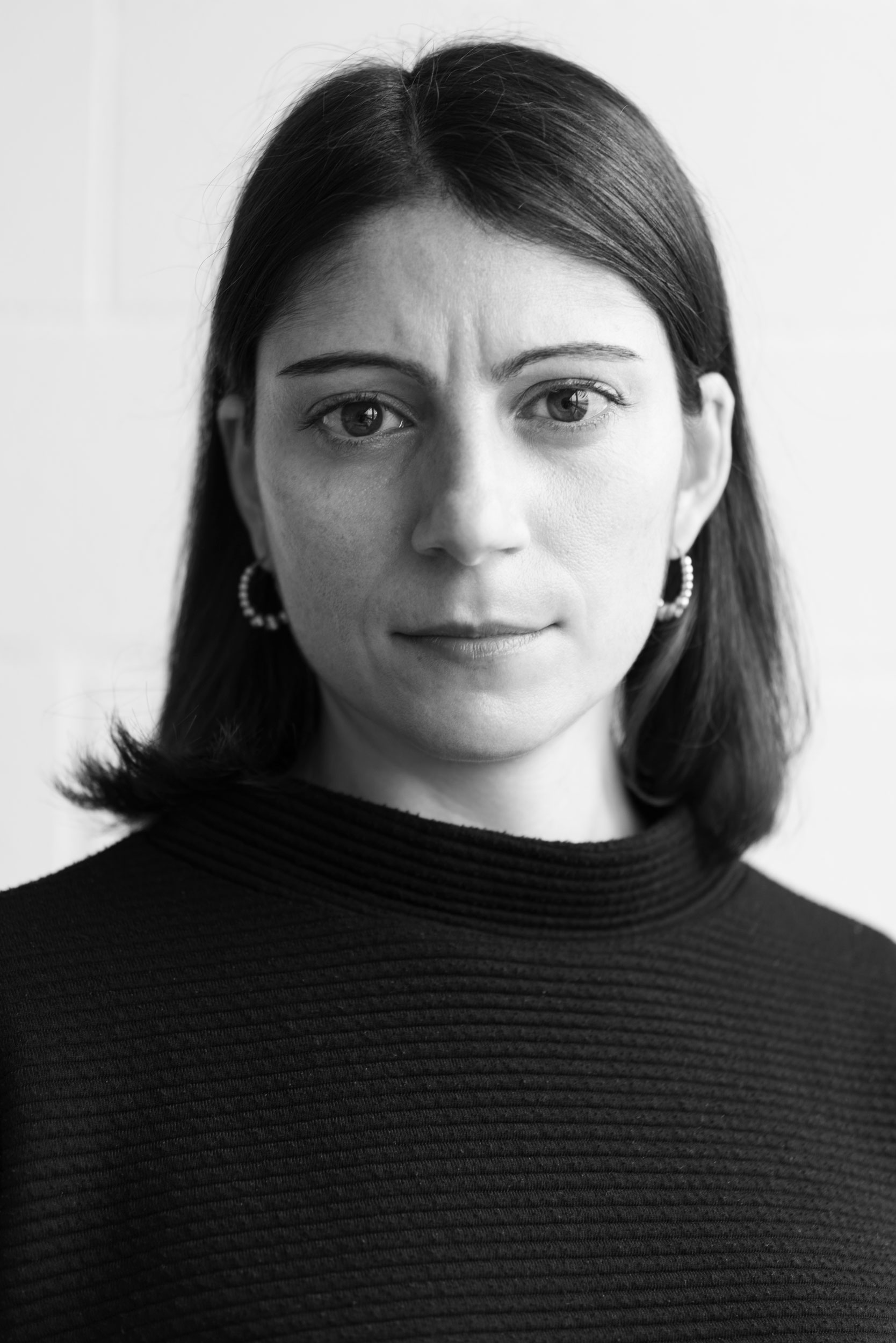
BIOGRAPHY
CHIARA BANDINO (Rome,1985) began her photographic research in 2010.
After studying Marine Biology, she graduated in photography in Rome and then specialized in Milan at the Luz Academy. As an artist, she is mainly interested in using the archive as a narrative tool. While working on her 4-years project “Life is a song” – based on a prison’s diary she founded – she discovered a strong interest in the multiple printing and binding techniques related to the publishing field.
After moving to Verona in 2015 she co-founded Fonderia 20.9 where she is producer, curator and head of the editorial line. For the gallery, Chiara is in charge of the catalogues editing and design. As the result of a workshop held by Red Lab in the Bajed Kandala refugee camp in Iraq, she curated the book “This picture is a normal picture”, which will be published in 2021. She is the co-founder and curator of the project SÅM Visual Exploration of Lessinia.
